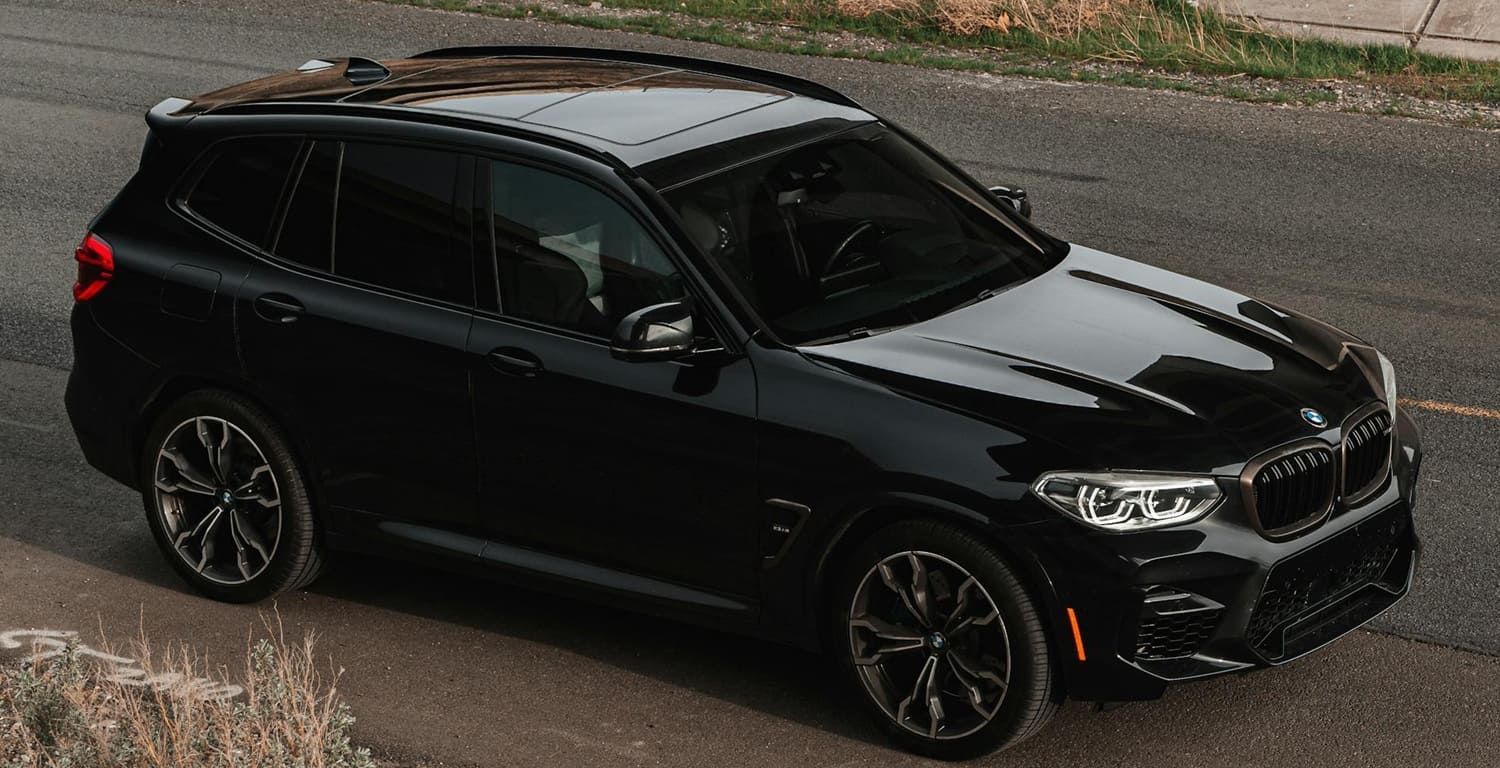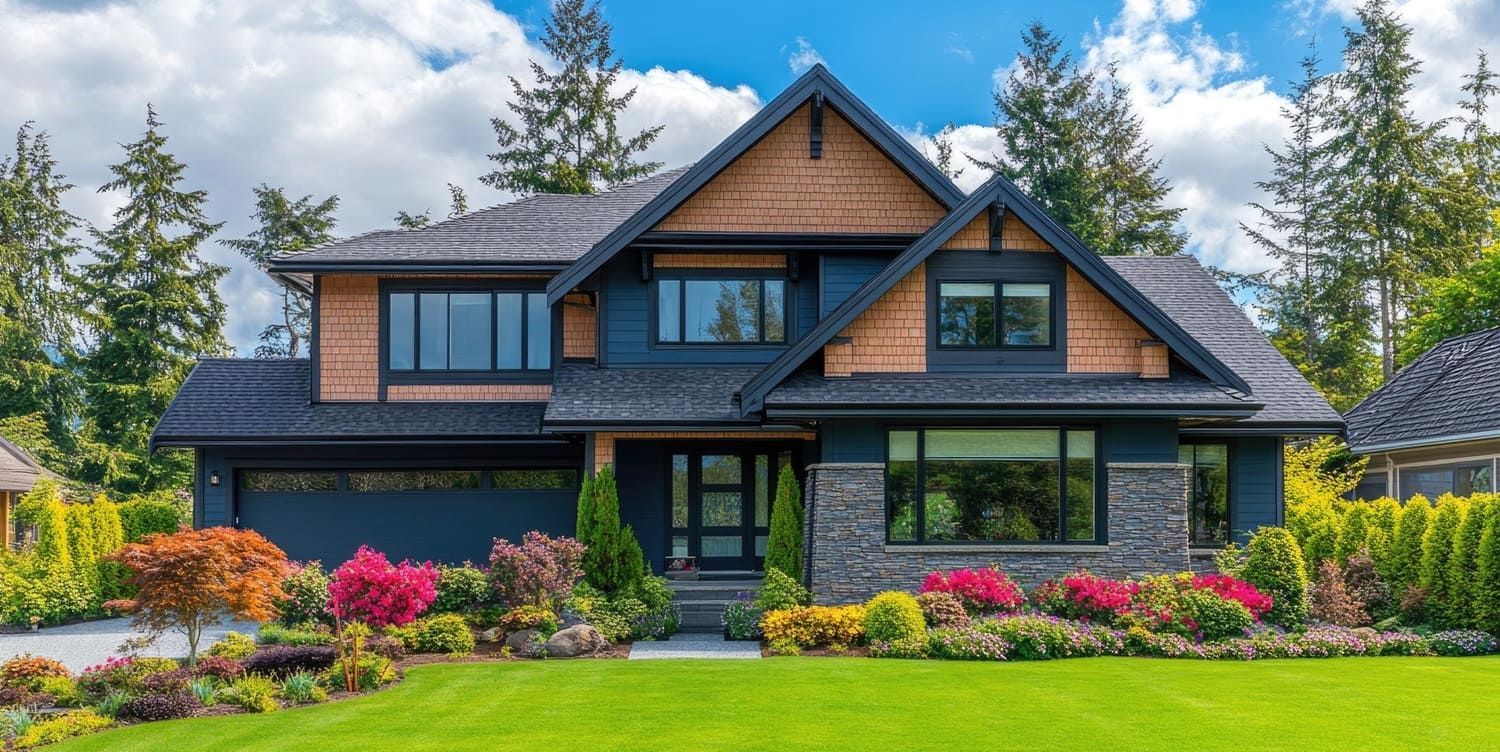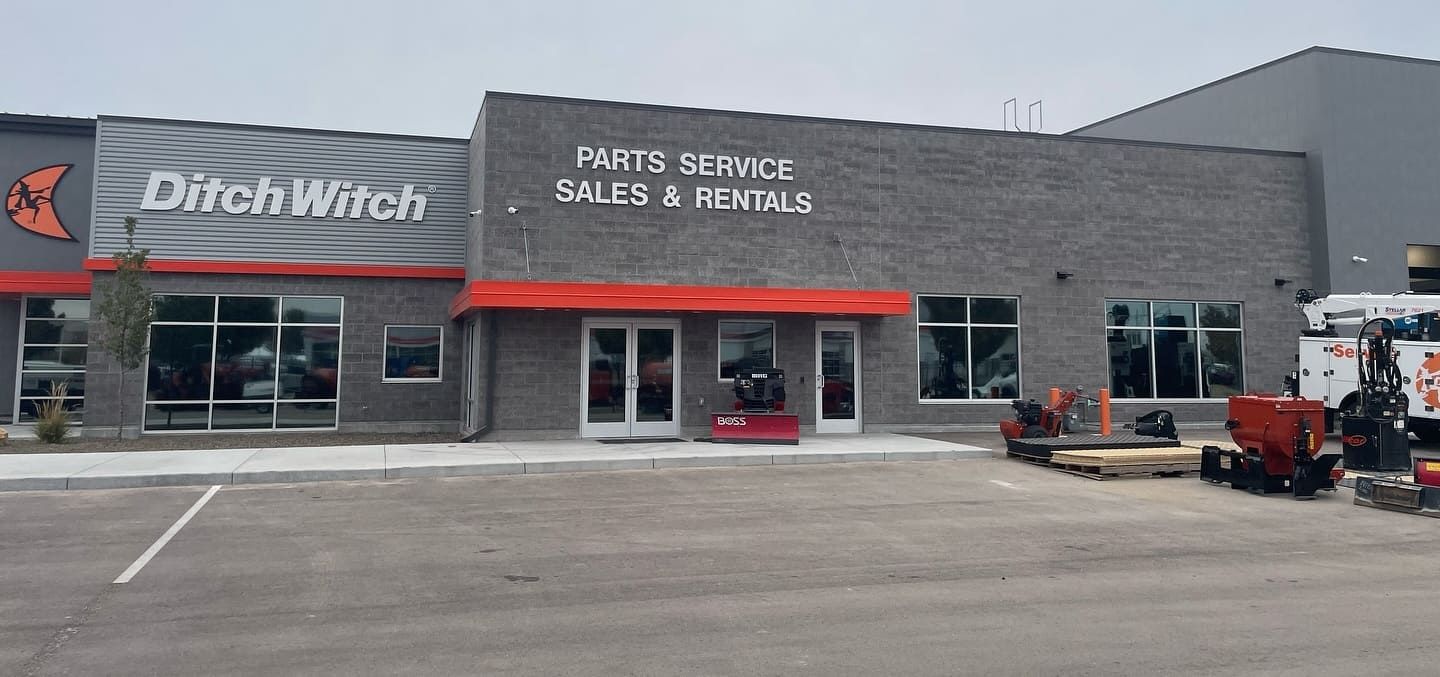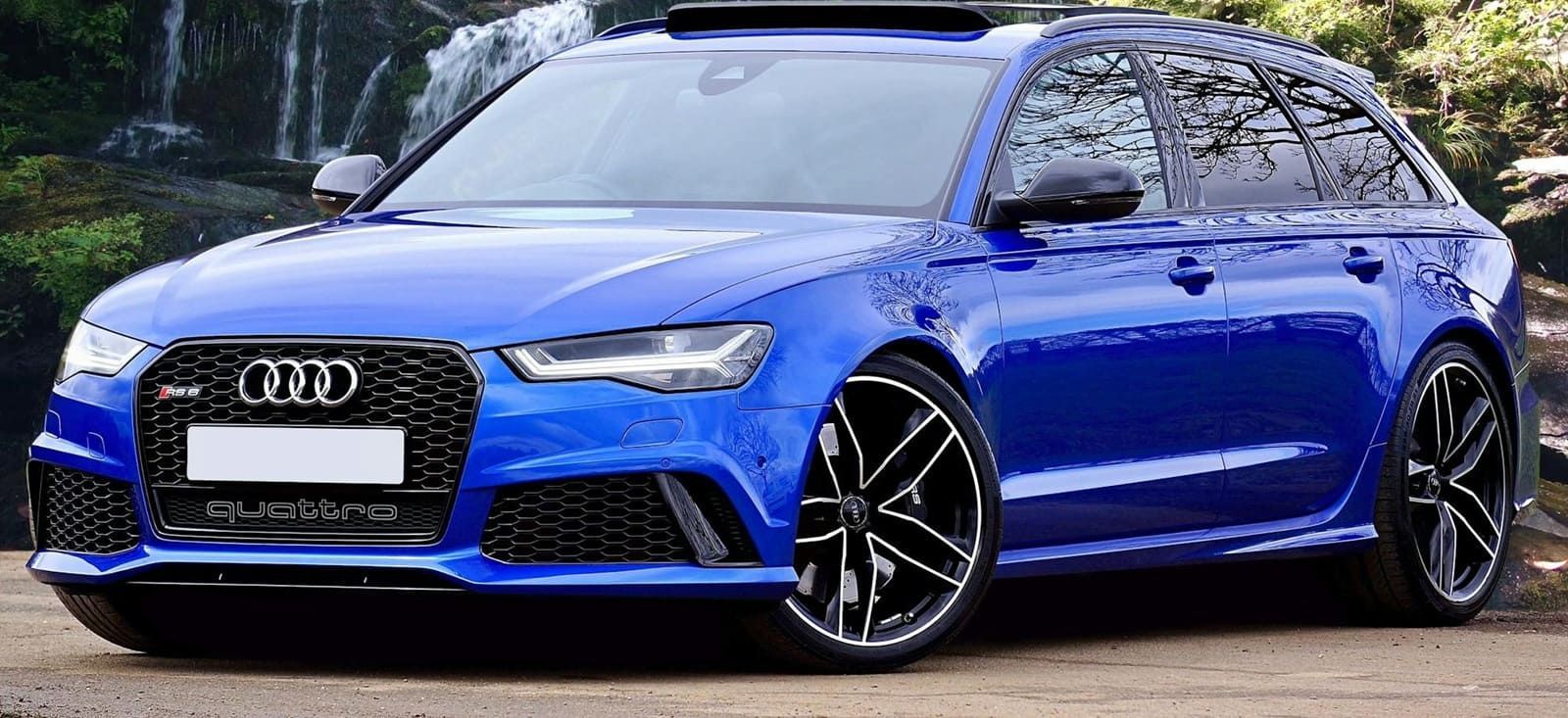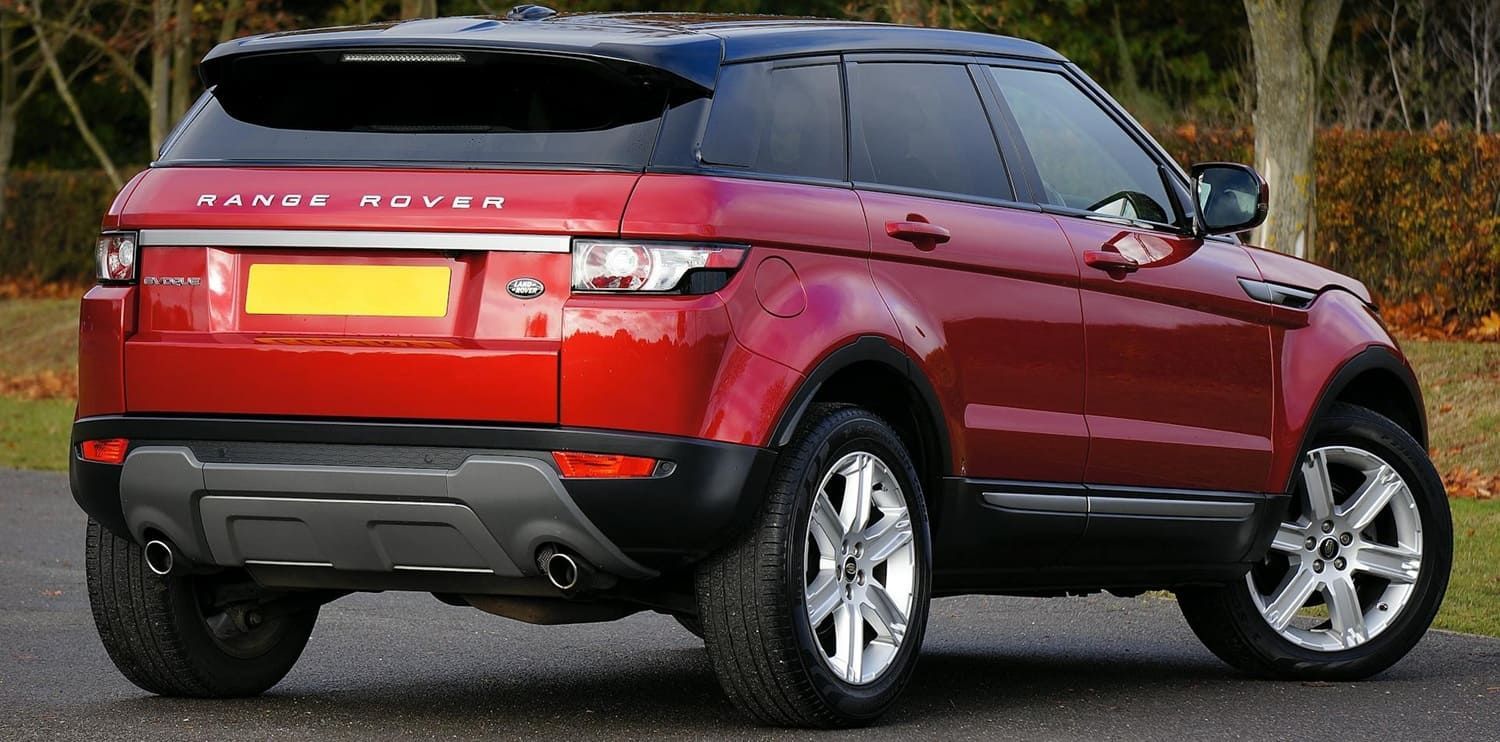Tinting for Heat Control: Does It Really Work?
In this article, we'll delve into the world of window tinting, exploring how it works, its benefits, and whether it's an effective method for controlling heat in your home or vehicle. We will examine the science behind tinting, the different types of tint available, and the various factors that influence its effectiveness. By the end, you'll have a comprehensive understanding of whether window tinting is the right choice for your heat control needs.
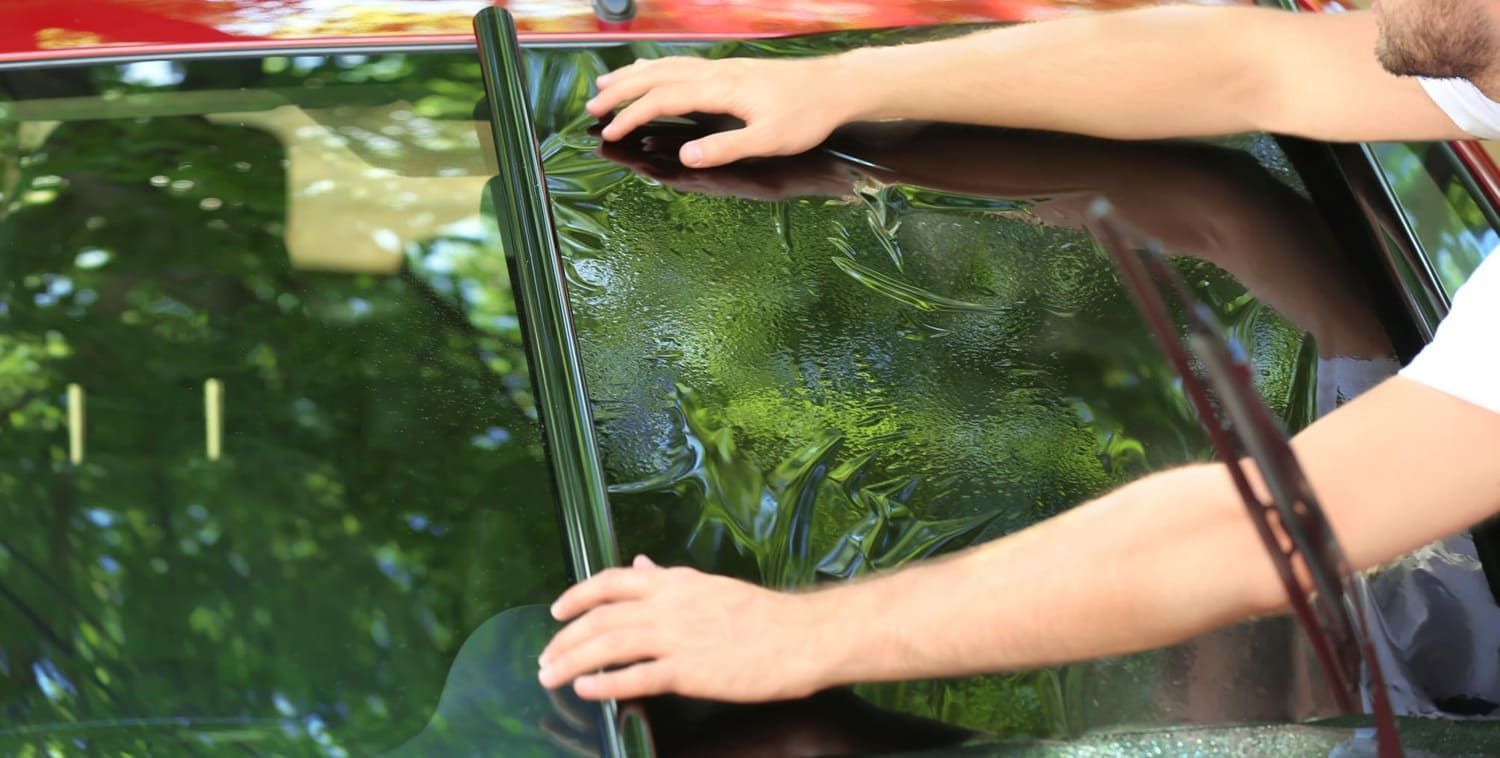
Understanding Window Tinting
Window tinting involves applying a thin film to the interior of glass surfaces, such as windows in homes, offices, or vehicles. This film is designed to reduce the amount of sunlight and heat that enters through the glass, providing various benefits, including heat control. The technology behind window tinting has evolved significantly over the years, offering a range of films that cater to different needs and preferences. From basic dyed films to advanced ceramic options, the choice of tint can greatly influence the performance and longevity of the product.
How Does Tinting for Heat Control Work?
Tinting for heat control primarily works by reflecting and absorbing sunlight. The film used in window tinting contains microscopic layers that reflect and absorb solar energy, which reduces the amount of heat that passes through the glass. This results in a cooler indoor environment, reducing the need for air conditioning. By minimizing the reliance on cooling systems, window tinting not only helps maintain a comfortable temperature but also contributes to energy savings and environmental sustainability.
The effectiveness of window tinting in controlling heat depends on several factors, including the type and quality of the film, the angle of the sun, and the amount of direct sunlight the window receives. High-quality films are engineered to withstand prolonged exposure to sunlight without degrading, ensuring long-lasting performance. Additionally, the geographical location and positioning of the windows play a crucial role in determining the overall effectiveness of the tint. South-facing windows, for instance, receive more sunlight and thus may benefit more from a higher-quality tint.
Benefits of Tinting for Heat Control
There are numerous advantages to using window tinting for heat control, whether it's in your home, office, or vehicle. Let's explore some of the key benefits. Beyond mere temperature regulation, window tinting offers a host of additional perks that enhance both the aesthetic and functional aspects of any space. By considering these benefits, you can make an informed decision about whether window tinting aligns with your needs and lifestyle.
UV Protection Film
A significant benefit of window tinting is its ability to block harmful ultraviolet (UV) rays. Prolonged exposure to UV rays can cause skin damage and increase the risk of skin cancer. Additionally, UV rays can fade and damage furniture, upholstery, and other interior elements. By blocking up to 99% of UV radiation, window tinting acts as a protective barrier, safeguarding both occupants and interior furnishings from the detrimental effects of sun exposure.
By applying a UV protection film, you can significantly reduce the amount of UV radiation that enters your space, protecting both your health and your belongings. This is particularly important in regions with high UV index levels, where exposure is more intense and persistent. Moreover, reducing UV exposure can help preserve the vibrancy and longevity of interior decor, saving costs on replacements and repairs over time.
Energy Efficiency
Window tinting can contribute to energy efficiency by reducing the need for air conditioning. With less heat entering your home or vehicle, you can maintain a cooler temperature naturally, leading to lower energy consumption and reduced utility bills. This not only benefits your wallet but also contributes to a smaller carbon footprint, aligning with broader environmental sustainability goals.
The energy savings achieved through window tinting can be substantial, especially in areas with extreme temperatures. During the hot summer months, the reduced demand for air conditioning can lead to noticeable reductions in electricity bills. In the long term, these savings can offset the initial cost of window tinting, making it a financially sound investment.
Enhanced Comfort
One of the most noticeable benefits of window tinting is the increased comfort it provides. By reducing the amount of heat and glare, you can enjoy a more pleasant environment, whether you're relaxing at home or driving your car. The reduction in glare is particularly beneficial for drivers, as it minimizes eye strain and improves visibility, thereby enhancing safety on the road.
In residential and office settings, the improved comfort extends to all occupants, creating a more inviting and productive atmosphere. The ability to control indoor temperatures more effectively can lead to greater satisfaction and well-being, making spaces more enjoyable and conducive to daily activities.
Privacy and Security
Window tinting can also enhance privacy and security. Tinted windows make it more difficult for outsiders to see inside, providing an extra layer of privacy. This is particularly valuable in urban settings or densely populated areas where maintaining privacy can be a challenge. For businesses, it can also help protect sensitive information from prying eyes.
Additionally, the film can help hold the glass together in the event of an accident or break-in, reducing the risk of injury and damage. This added safety feature can deter potential intruders, as breaking through tinted windows is more difficult and time-consuming. Overall, window tinting offers peace of mind, knowing that your space is both private and secure.
Types of Cool Window Tint
There are several types of window tint films available, each with its unique properties and benefits. Here are some common types of cool window tint. Understanding the distinct features and advantages of each type can help you select the most suitable option for your specific needs, balancing performance, cost, and aesthetics.
Dyed Window Tint
Dyed window tint is one of the most affordable options available. It uses a layer of dye to absorb solar heat, reducing the amount of heat that enters your space. While it provides effective heat reduction, it may not be as durable or long-lasting as other types. The dye can fade over time, particularly in areas with intense sunlight, necessitating replacements or upgrades.
Despite its limitations, dyed window tint remains a popular choice due to its cost-effectiveness and aesthetic appeal. It offers a uniform appearance and can be customized to various shades, allowing for personalized styling. For those on a budget, dyed window tint provides a practical solution that still delivers noticeable benefits.
Metalized Window Tint
Metalized window tint contains tiny metallic particles that reflect heat and UV rays. This type of tint offers excellent heat reduction and durability, but it can interfere with electronic signals, such as GPS and mobile phone reception. The metallic layer is highly effective at blocking infrared rays, which are responsible for most of the heat buildup.
In addition to its superior performance, metalized window tint is highly resistant to scratches and fading, ensuring long-term durability. However, the potential for signal interference makes it less suitable for modern vehicles equipped with advanced electronic systems. Careful consideration is needed to weigh the pros and cons before opting for this type of tint.
Ceramic Window Tint
Ceramic window tint is a premium option that offers superior heat reduction and UV protection without interfering with electronic signals. It contains ceramic particles that reflect and absorb solar energy, providing optimal performance and longevity. The ceramic technology ensures that the tint remains clear and stable, even after prolonged sun exposure.
This high-performance tint is ideal for those seeking the best in both heat control and clarity. While the upfront cost is higher compared to other options, the long-term benefits in terms of energy savings, comfort, and protection make it a worthwhile investment. Additionally, ceramic tint maintains its effectiveness over time, reducing the need for frequent replacements.
Hybrid Window Tint
Hybrid window tint combines the benefits of dyed and metalized tints, offering effective heat reduction, UV protection, and durability. It strikes a balance between affordability and performance, making it a popular choice for many consumers. The hybrid composition allows for moderate heat rejection while minimizing the drawbacks associated with each individual type.
This versatile option appeals to those looking for a middle ground, providing satisfactory results without the premium price tag. Hybrid tints are available in various shades and styles, allowing for customization to suit different preferences and aesthetic requirements. For those undecided between dyed and metalized tints, a hybrid option offers a practical compromise.

Is Tinting for Heat Control Worth It?
The decision to invest in window tinting for heat control depends on several factors, including your location, budget, and specific needs. Understanding these considerations can help determine whether the benefits outweigh the costs and ensure that you achieve the desired results.
Considerations for Homeowners
For homeowners, window tinting can be a valuable addition, especially in regions with hot climates. It can enhance comfort, protect furnishings, and reduce energy costs. However, it's essential to choose a high-quality film and have it professionally installed to ensure optimal performance and longevity. Professional installation guarantees that the tint is applied correctly, preventing issues such as bubbling or peeling.
Additionally, homeowners should assess the orientation and size of their windows, as well as any local regulations regarding window tinting. In some areas, there may be restrictions on the allowable tint levels for residential properties. By considering these factors, homeowners can make an informed decision that maximizes the benefits of window tinting while complying with local guidelines.
Considerations for Vehicle Owners
For vehicle owners, window tinting can significantly improve driving comfort by reducing heat and glare. It also offers UV protection, which is crucial for those who spend a lot of time on the road. Additionally, tinted windows can enhance the appearance and resale value of your vehicle. Aesthetically, window tinting provides a sleek and modern look, complementing the design of the vehicle.
Before proceeding with tinting, vehicle owners should check the legal limits for tint darkness in their area, as regulations vary by region. Ensuring compliance with these laws is important to avoid fines or mandatory removal. By understanding the legal and practical considerations, vehicle owners can enjoy the full benefits of window tinting without potential drawbacks.
Conclusion
Window tinting for heat control is an effective and practical solution for reducing heat and enhancing comfort in your home or vehicle. At ShadowFilms Window Tinting, your trusted LLumar Window Tinting Dealer serving Nampa, ID, we offer professional solutions that help you stay cool while protecting your investment.
With a variety of high-performance tint options available, you can choose the film that best suits your needs and budget. The decision to invest in window tinting should be guided by a clear understanding of its long-term benefits, including energy savings, UV protection, and improved interior comfort.
While the initial investment may seem significant, the return is well worth it—especially when you rely less on artificial cooling and gain added privacy and safety. Whether you're looking to cool your home or enhance your driving experience, window tinting from ShadowFilms is a smart, sustainable solution.
Contact ShadowFilms Window Tinting today for a free estimate and expert guidance on the best heat control tinting for your needs in Nampa, ID.
With the right choice, window tinting can transform your living and driving spaces into havens of comfort, protection, and efficiency.


